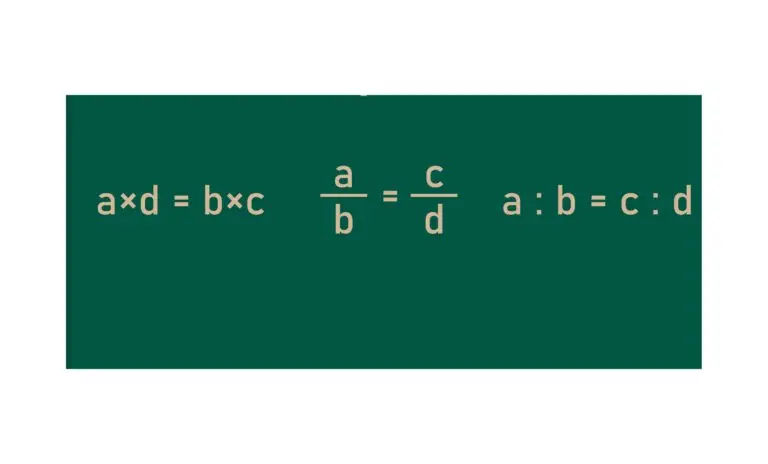Cross-Multiplication

Table of Contents
Algebra Cross Multiplication
Cross multiplication is a method used to solve proportions or rational equations by multiplying the first ratio’s numerator by the second ratio’s denominator, and vice versa. It is a technique applied when dealing with equations involving fractions or ratios.
Examples of Cross Multiplication
Proportions:
If you have a proportion like \frac{a}{b}=\frac{c}{d}, cross multiplication can be applied as follows: a\cdot d = b\cdot c
Example: Solve for x in the proportion \frac{2}{3}=\frac{x}{5}
- 2\cdot 5 = 3\cdot x
- 10 = 3x
- x=\frac{10}{3}
Equations with Fractions:
When dealing with equations involving fractions, cross-multiplication can help simplify and solve the equation.
Example: Solve for y in the equation \frac{3}{2}=\frac{6}{y}
- 3\cdot y = 2\cdot 6
- 3y =12
- y = 4
Cross-multiplication can also be used to solve linear equations with fractions.
Example: Solve for y in the equation \frac{x}{2}+3=7
- x=(7-3)\cdot2
- x=4\cdot2
- x=8
Related Links
Equations
Expressions
Factoring
Variables